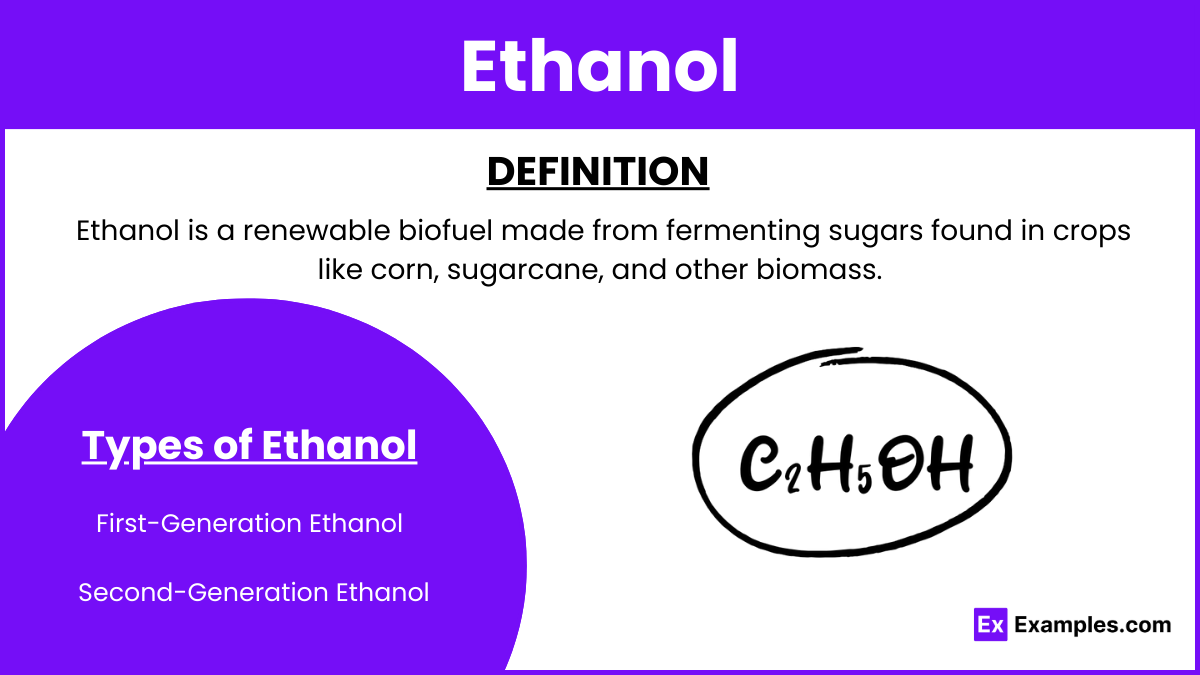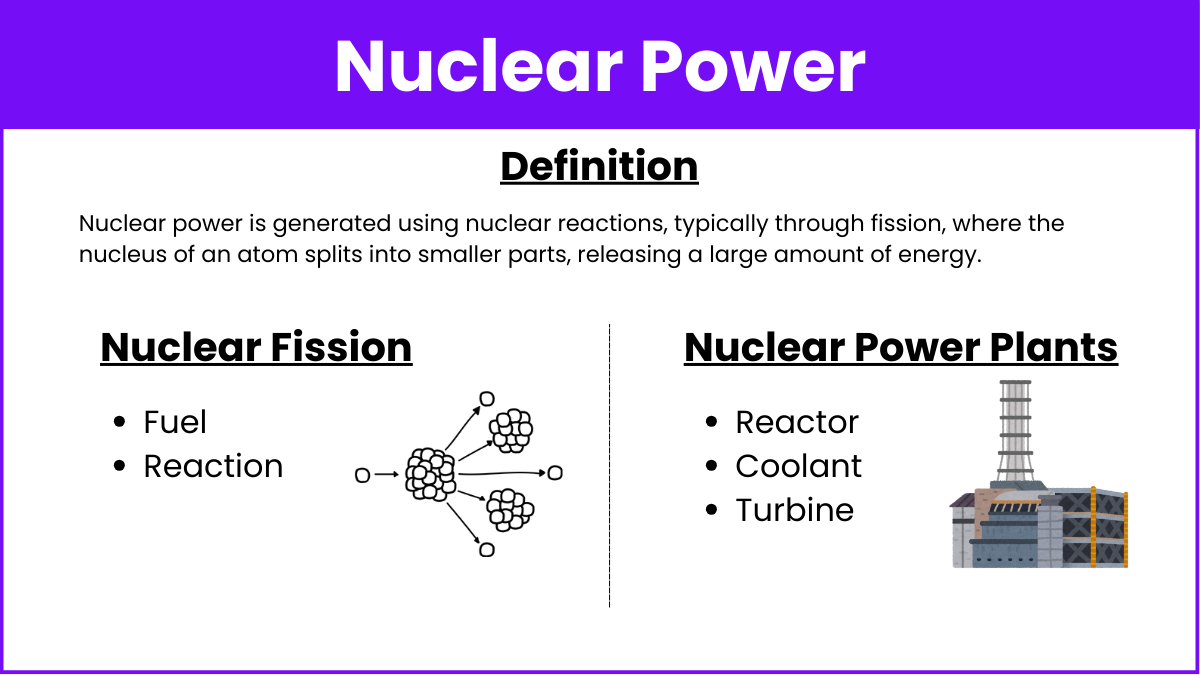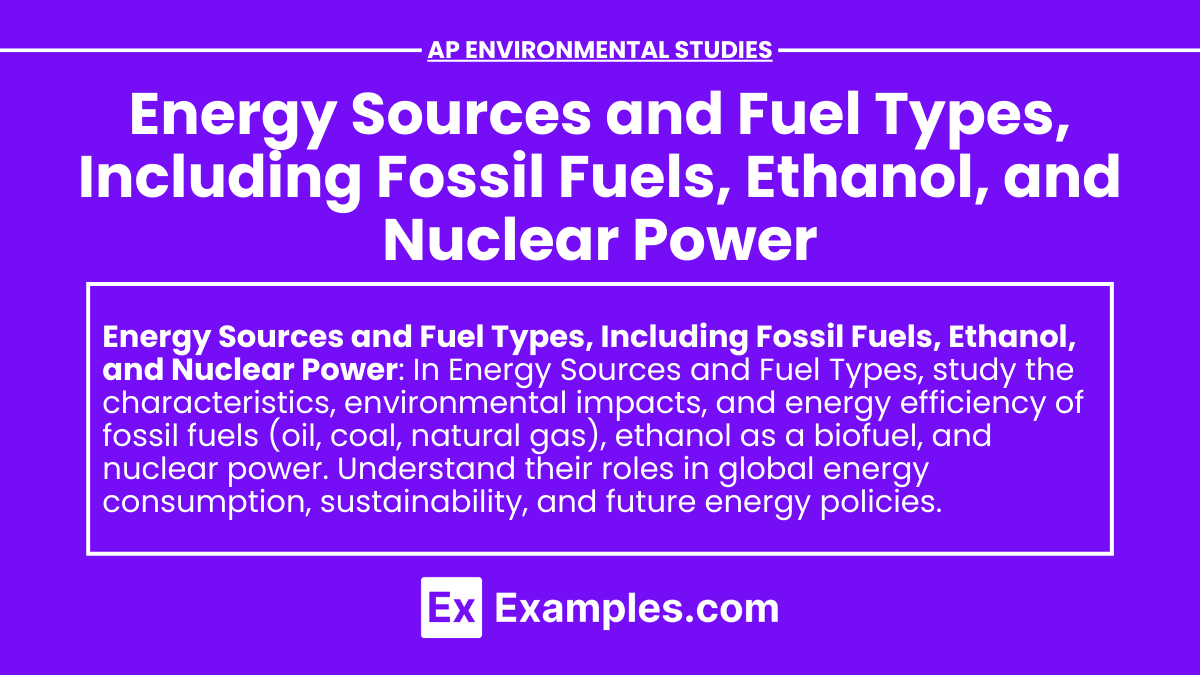In AP Environmental Studies, the examination of energy sources and fuel types—such as fossil fuels, ethanol, and nuclear power—is essential for understanding their impact on ecology, ecosystems, and biodiversity. These energy sources play a significant role in shaping the health and stability of the biosphere, influencing everything from local wildlife habitats to global climate patterns. Evaluating these impacts helps highlight the importance of sustainable energy practices to maintain ecological balance and protect biodiversity.
Learning Objectives
In AP Environmental Studies, learning objectives include analyzing the impact of energy sources like fossil fuels, ethanol, and nuclear power on organisms, climate changes, and flora and fauna. Students will examine the ecological footprint of each energy type, evaluating its effects on biodiversity and ecosystem health. Understanding the role of these fuels in global warming, habitat disruption, and air and water pollution is crucial. They will also explore sustainable energy alternatives to mitigate environmental impacts and promote ecosystem resilience.
Fossil Fuels
Definition: Fossil fuels are energy sources formed from the remains of ancient plants and animals over millions of years. The main types are coal, oil, and natural gas.
Types of Fossil Fuels

- Coal: A solid fossil fuel used primarily for electricity generation and industrial processes.
- Oil (Petroleum): A liquid fossil fuel used for transportation, heating, and electricity.
- Natural Gas: A gaseous fossil fuel used for heating, electricity, and as an industrial feedstock.
Extraction Methods
- Coal Mining: Includes surface mining and underground mining.
- Oil Drilling: Extracted through drilling wells on land or offshore.
- Natural Gas Extraction: Extracted using similar methods as oil, often found in association with oil deposits.
Advantages
- High Energy Density: Provides a large amount of energy per unit volume.
- Infrastructure: Established infrastructure for extraction, transportation, and usage.
- Economic Importance: Significant contributor to economies, providing jobs and revenue.
Disadvantages
- Environmental Impact: Major source of air pollution, greenhouse gas emissions, and habitat destruction.
- Non-Renewable: Finite resources that will eventually deplete.
- Health Risks: Associated with respiratory and other health problems due to pollution.
Environmental Impacts
- Greenhouse Gas Emissions: Major contributor to climate change due to CO2 and methane emissions.
- Air and Water Pollution: Release of pollutants like sulfur dioxide, nitrogen oxides, and particulate matter.
- Habitat Destruction: Mining and drilling activities disrupt ecosystems and biodiversity.
Ethanol

Definition: Ethanol is a renewable biofuel made from fermenting sugars found in crops like corn, sugarcane, and other biomass.
Production:
- Fermentation: Yeast converts sugars in crops into ethanol and CO2.
- Distillation: The ethanol is purified through distillation to produce fuel-grade ethanol.
Types of Ethanol:
- First-Generation Ethanol: Produced from food crops such as corn and sugarcane.
- Second-Generation Ethanol: Produced from non-food biomass like agricultural residues and grasses.
Advantages:
- Renewable: Made from renewable resources that can be replanted.
- Lower Emissions: Burns cleaner than fossil fuels, reducing greenhouse gas emissions.
- Economic Benefits: Supports agricultural sectors and rural economies.
Disadvantages:
- Food vs. Fuel Debate: Competes with food production, potentially raising food prices.
- Land Use: Requires large amounts of land, which can lead to deforestation and habitat loss.
- Energy Balance: The energy required to produce ethanol can be high, especially for first-generation ethanol.
Environmental Impacts:
- Reduced Emissions: Lower carbon footprint compared to fossil fuels.
- Land and Water Use: Intensive agriculture for ethanol production can strain land and water resources.
- Biodiversity: Large-scale monoculture farming for ethanol can reduce biodiversity.
Nuclear Power

Definition: Nuclear power is generated using nuclear reactions, typically through fission, where the nucleus of an atom splits into smaller parts, releasing a large amount of energy.
Nuclear Fission:
- Fuel: Uses uranium-235 or plutonium-239 as fuel.
- Reaction: Neutrons collide with the nucleus of the fuel atom, causing it to split and release energy.
Nuclear Power Plants:
- Reactor: The core where the nuclear reaction occurs.
- Coolant: Transfers heat from the reactor to produce steam.
- Turbine: Steam drives turbines connected to generators to produce electricity.
Advantages:
- High Energy Density: Produces a large amount of energy from a small amount of fuel.
- Low Emissions: Minimal greenhouse gas emissions during operation.
- Reliability: Provides a stable and continuous supply of energy.
Disadvantages:
- Radioactive Waste: Generates hazardous waste that requires long-term storage.
- Safety Concerns: Risk of nuclear accidents, which can have catastrophic consequences.
- High Costs: High initial costs for plant construction and decommissioning.
Environmental Impacts:
- Low Operational Emissions: Minimal air pollution compared to fossil fuels.
- Waste Management: Challenges in safely storing and managing radioactive waste.
- Thermal Pollution: Discharge of heated water from reactors can affect aquatic ecosystems


